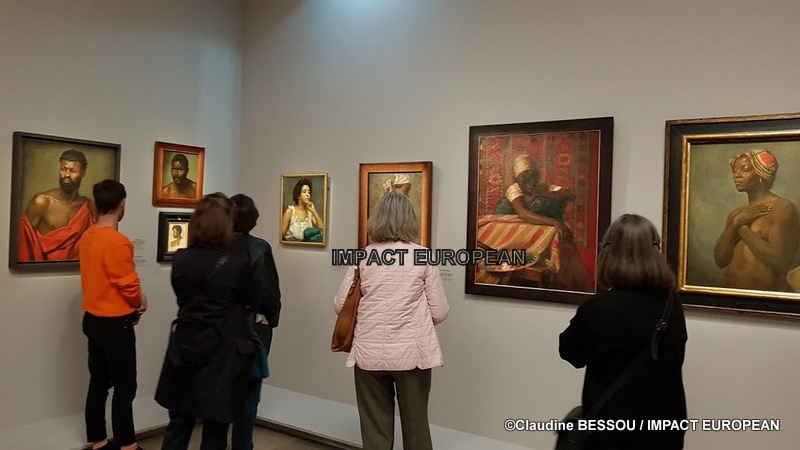The black model is an exhibition that shows the importance of black models who have crossed the fate of painters and who have contributed to the development of their works. She is the first of its kind in France who is interested in this chapter of the history of art.
The painters probably recruited their models from the small black population living in France in the nineteenth century and who could eventually pose for them. These paintings of men and women contrast with the stereotypical paintings associated with black characters, which helped to develop a new aestheticism. The colonial conquest is shown through scenes of reconstituted indigenous villages. Few opportunities to associate a face with a name, a nickname, or a country of origin to make their identity to different models that posed for painters.
A new breath is brought to the world of entertainment by the new presence of the black community that transforms the Paris of the 1920s, refuge of racial discrimination. Originating from the United States, the Caribbean and the Caribbean, the presence of black personalities in the world of performance and circus is notable. By bringing with them new music like jazz, magazines and films, the performances of black artists are celebrated. It is also the discovery of the most famous dancer Josephine Baker.
Theodore Gericault (1791-1824), puts his romantic ardor on virulent representations in the service of the cause of the blacks because of a restrictive legislation. Henri Matisse (1869-1954), embarks on a long journey to Tahiti via the United States and then works from several Métis models.
This exhibition is organized by the Orsay and Orangerie Museums and The Miriam and Ira D. Wallach Art Gallery, Columbia University, New York, in collaboration with the ACTe Memorial of Pointe-à-Pitre, with exceptional support of the National Library of France.
Exhibition to discover until July 21, 2019
Orsay Museum
1 rue of the Legion of Honor
75007 Paris










Share this content:



Plus d'histoires
“Qui brille au combat”: Joséphine Japy’s Heartfelt Call on Disability
The Sandman’s Daughter ice show
Île-de-France’s “Chanté Nwèl” Lights Up Saint-Ouen with Caribbean Warmth